 Arkadelphia Methodist College
Arkadelphia Methodist College
Time Period: Early Twentieth Century (1901 - 1940)
 Arkadelphia Methodist College
Arkadelphia Methodist College
Arkadelphia Presbyterian Academy
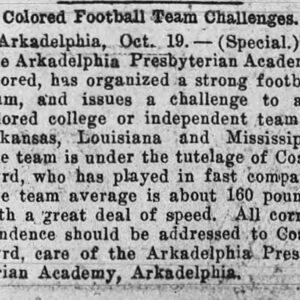 Arkadelphia Presbyterian Academy Football
Arkadelphia Presbyterian Academy Football
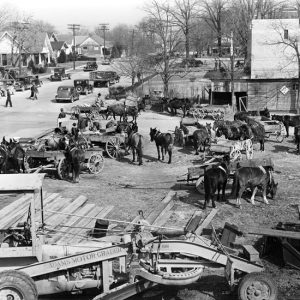 Arkadelphia Street Scene
Arkadelphia Street Scene
Arkansas “Scottsboro” Case
aka: Bubbles Clayton and James X. Caruthers (Trial and Execution of)
aka: James X. Caruthers and Bubbles Clayton (Trial and Execution of)
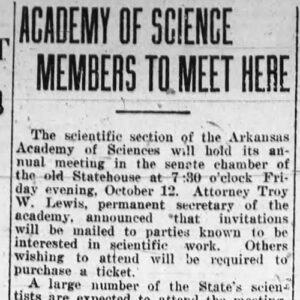 Arkansas Academy of Science Story
Arkansas Academy of Science Story
Arkansas and Oklahoma Western Railroad
Arkansas Anti-Saloon League
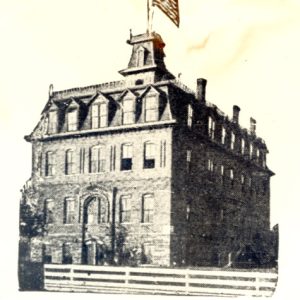 Arkansas Baptist College
Arkansas Baptist College
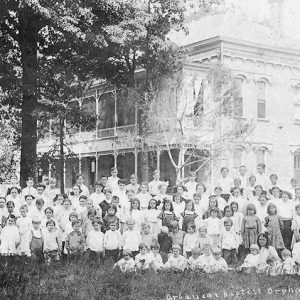 Arkansas Baptist Orphanage
Arkansas Baptist Orphanage
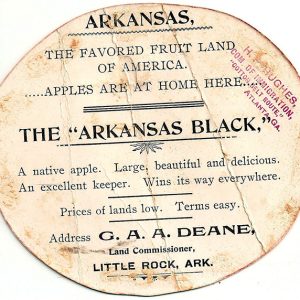 Arkansas Black Apple Ad
Arkansas Black Apple Ad
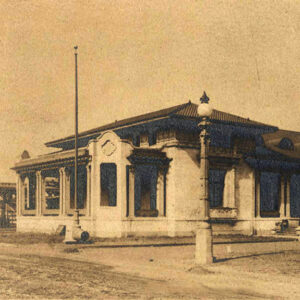 Arkansas Building
Arkansas Building
Arkansas Catholic
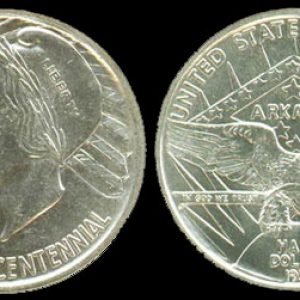 Arkansas Centennial Coin
Arkansas Centennial Coin
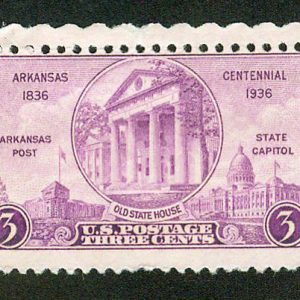 Arkansas Centennial Stamp
Arkansas Centennial Stamp
Arkansas Centennial Commemorative Half Dollars
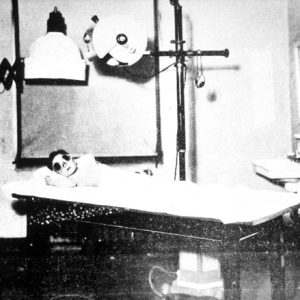 Arkansas Children's Hospital Physical Therapy Equipment
Arkansas Children's Hospital Physical Therapy Equipment
Arkansas Christadelphian Bible School
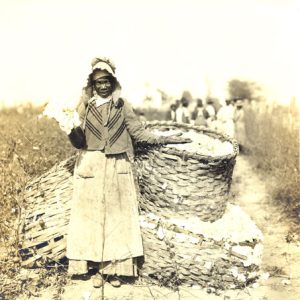 Arkansas City Cotton Picker
Arkansas City Cotton Picker
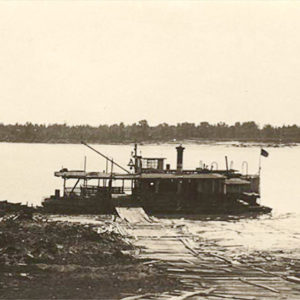 Arkansas City Ferry
Arkansas City Ferry
 Arkansas City Flood
Arkansas City Flood
Arkansas Colored Auxiliary Council of Defense
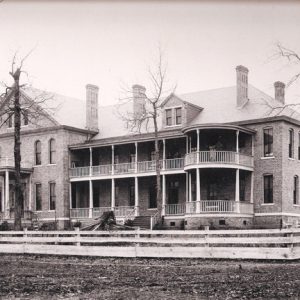 Arkansas Confederate Home
Arkansas Confederate Home
 Arkansas Confederate Home
Arkansas Confederate Home
 Arkansas Conference College
Arkansas Conference College
 Arkansas Conference College Baseball Team
Arkansas Conference College Baseball Team
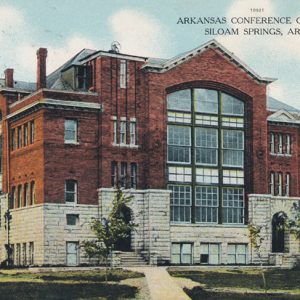 Arkansas Conference College
Arkansas Conference College
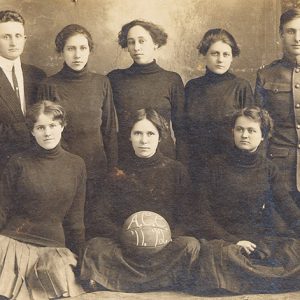 Arkansas Conference College Women's Basketball Team
Arkansas Conference College Women's Basketball Team
Arkansas Conference College (ACC)
Arkansas Council of Defense
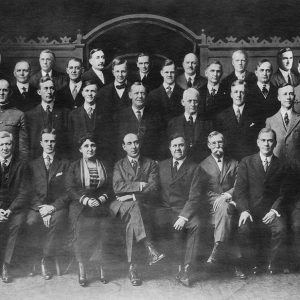 Arkansas Council of Defense
Arkansas Council of Defense
Arkansas County Courthouse, Northern District
Arkansas County Courthouse, Southern District
 Arkansas Cumberland College
Arkansas Cumberland College
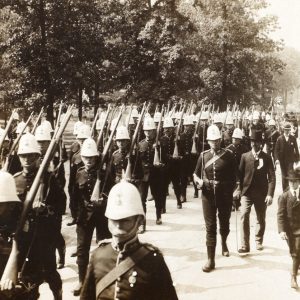 Arkansas Day
Arkansas Day
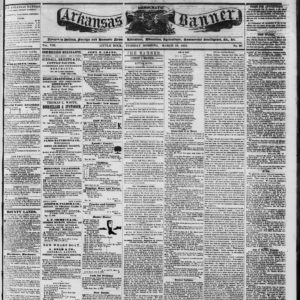 Arkansas Democratic Banner
Arkansas Democratic Banner
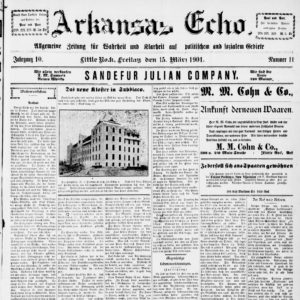 Arkansas Echo
Arkansas Echo
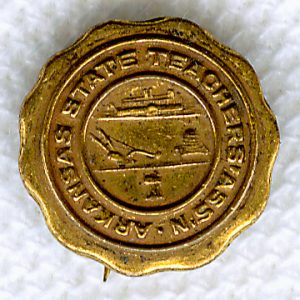 ASTA Lapel Pin
ASTA Lapel Pin
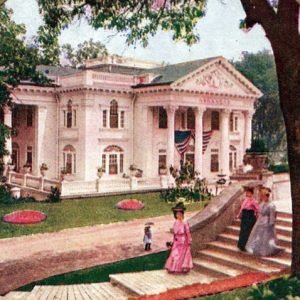 Arkansas Exhibition
Arkansas Exhibition
Arkansas Farmers Union
aka: Arkansas Farmers Educational Cooperative Union
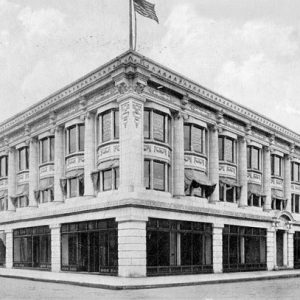 Arkansas Gazette Building
Arkansas Gazette Building
 Arkansas Gazette Comp Room
Arkansas Gazette Comp Room
 Arkansas Gazette Staff
Arkansas Gazette Staff
 Arkansas General Assembly, 1909
Arkansas General Assembly, 1909
Arkansas Geological Survey (AGS)
 "Arkansas Hard Luck Blues," Performed by Lonnie Glosson
"Arkansas Hard Luck Blues," Performed by Lonnie Glosson
Arkansas Highway 1
Arkansas Highway 57 Bridge
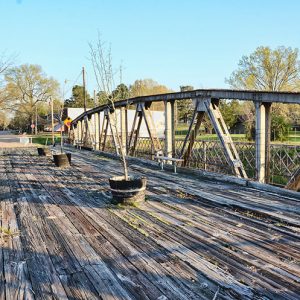 Arkansas Highway 57 Bridge
Arkansas Highway 57 Bridge




